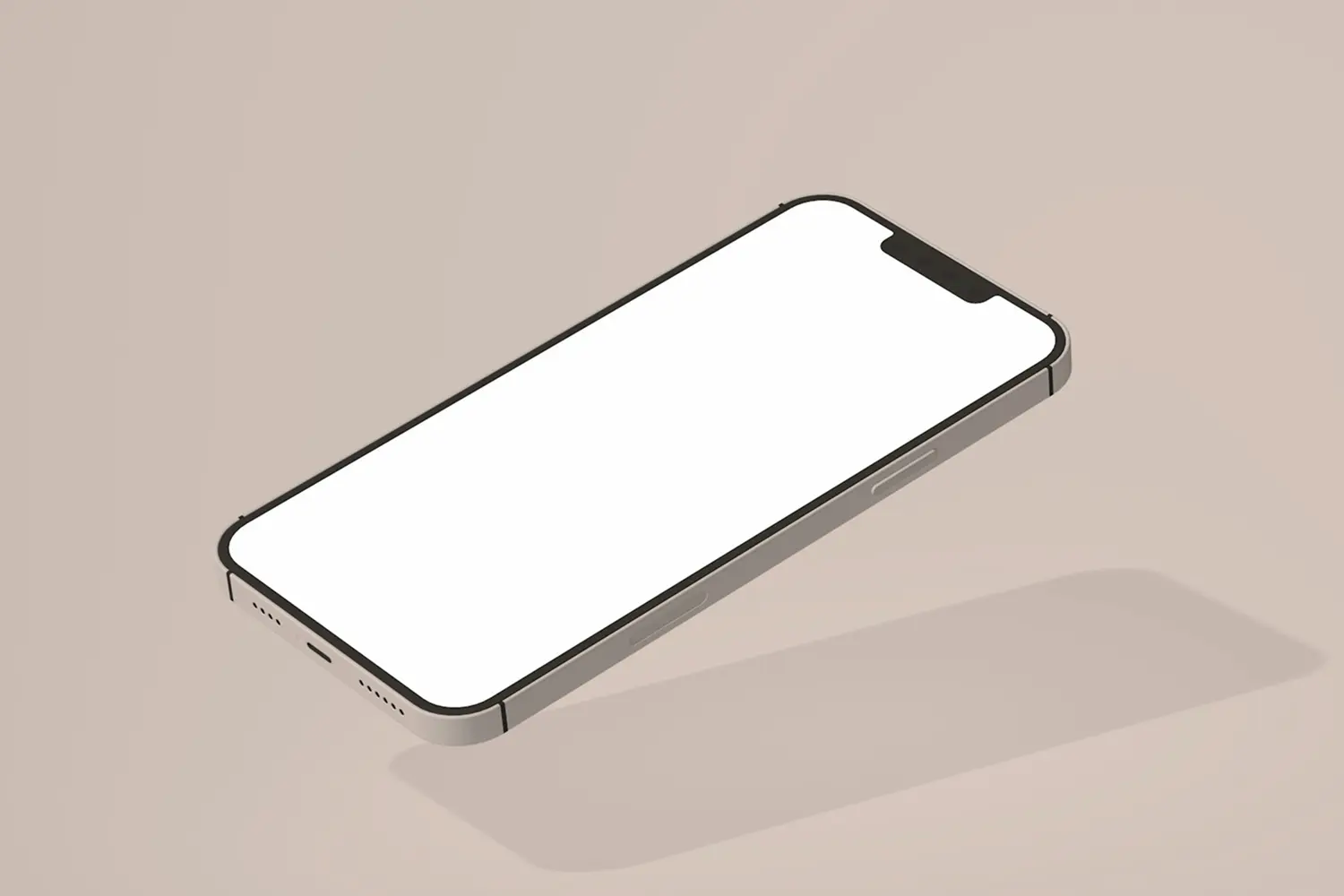Digital content has evolved rapidly, and interactive 3D is at the forefront of this shift. This technique allows users to explore digital environments in an intuitive and immersive way. Unlike static images or pre-rendered videos, interactive 3D brings products and designs to life in real-time. Many companies use this method alongside virtual product photography to enhance customer experience. It enables users to see products from multiple angles, improving their understanding and confidence in what they are viewing. This technology is valuable across various industries, including design, retail, and education. As digital experiences continue to advance, interactive 3D stands out as a key tool for engagement.
What is interactive 3D?
Interactive 3D is a technology that allows users to engage with digital content as if they were interacting with a physical object. Unlike traditional media, which presents static visuals, interactive 3D provides a dynamic experience where users can move, rotate, and inspect objects in real-time. Originally developed for video games, this technology is now widely used in many industries. It relies on real-time rendering, ensuring that any user interaction is instantly reflected on the screen. This level of responsiveness enhances user engagement and provides a realistic representation of products and spaces.
Many businesses integrate interactive 3D with virtual product photography to create highly detailed visualizations. This approach improves product presentation and increases consumer trust. It is also used in training and education, where interactive models help explain complex ideas in an accessible way. From architecture to online retail, interactive 3D has become an essential tool for modern digital content.
How does interactive 3D work?
The foundation of interactive 3D is real-time rendering, a technology that updates visuals instantly in response to user input. Instead of relying on pre-rendered images, tools like 3D product configurators generate visuals on the fly. This process requires powerful graphics software, such as Unreal Engine, to handle lighting, textures, and perspective changes in real time.

When a user interacts with an object—whether by clicking, dragging, or zooming—the system processes the command and updates the display immediately. This instant feedback creates a smooth and natural user experience. Unlike traditional rendering, which can take hours for a single image, real time rendering enables seamless interaction with digital content. This efficiency makes interactive 3D ideal for online shopping, training simulations, and educational tools. By offering real time responsiveness, the technology allows users to explore digital spaces with a level of detail and control that was previously unavailable.
Benefits of interactive 3D
Interactive 3D provides several advantages for digital engagement. Recent studies have found that increased website interactivity and control can lead to higher purchase intention. Interactive 3D tools enhance user focus, simplify complex information, and improve customer decision making processes, resulting in higher sales.
-
Enhanced engagement: Interactive 3D keeps users interested by making digital content more immersive. When users can interact with objects in real time, they are more likely to stay engaged. This leads to longer browsing sessions, better retention of information, and a higher likelihood of making purchasing decisions. Companies benefit by increasing user time on their platforms, which can translate to higher conversion rates.
-
Clear product visualization: Users can view objects from multiple angles, zoom in on details, and rotate products to see them from every perspective. This level of interactivity provides a better understanding of features, materials, and functionality. In eCommerce, this helps bridge the gap between online and in person shopping by giving consumers a more accurate representation of what they are buying.
-
Better decision making: Realistic representations allow users to make informed choices. When customers can explore products in detail, they gain more confidence in their purchasing decisions. This reduces return rates and increases customer satisfaction. In industries like real estate and automotive sales, interactive 3D helps potential buyers evaluate properties and vehicles more effectively.
-
Cost effectiveness: Interactive 3D eliminates the need for extensive product photography, manual revisions, and physical prototypes. Businesses can create one interactive 3D model and use it across multiple platforms, saving on production and marketing costs. Updates to products can be implemented digitally without requiring new photoshoots or reworking physical samples. This reduces waste and streamlines the development process.
Applications of interactive 3D
Interactive 3D is used across many industries, offering benefits that improve visualization, engagement, and decision-making. It is a critical tool in eCommerce, education, architecture, and other fields where interactive content enhances user experience.
eCommerce: Interactive 3D allows customers to examine products from every angle, providing a realistic view that helps them make informed purchasing decisions. Online shoppers can zoom in, rotate, and interact with products in ways that were previously only possible in physical stores. Virtual product photography enhances this by adding detailed textures and accurate lighting effects, making digital shopping more reliable and engaging.
Architecture and real estate: 3D modeling enables architects to create realistic visualizations of buildings before construction begins. Clients can explore properties in a virtual space, viewing floor plans and design details with precision. Real estate agents use interactive 3D tours to showcase homes and commercial spaces, allowing potential buyers to walk through properties remotely.
Automotive design: Car manufacturers and designers use interactive 3D to create digital prototypes of vehicles. Engineers can test aerodynamics, materials, and interior layouts before physical production, reducing costs and development time. Customers can also configure vehicles online, selecting colors, features, and specifications in a realistic 3D environment.
Marketing and advertising: Brands use interactive 3D to create engaging campaigns that capture consumer attention. From interactive product demos to virtual showrooms, this technology helps businesses showcase their offerings in innovative ways that stand out in digital spaces.
Conclusion
Interactive 3D is reshaping digital engagement by making content more dynamic and interactive. Its ability to provide real-time rendering, realistic product visualization, and immersive experiences makes it a valuable tool for businesses across multiple industries. From online retail to education, this technology enhances the way users interact with digital content.
For companies looking to improve their digital presence, integrating interactive 3D can lead to higher engagement and better customer experiences. If you want to explore these benefits for your business, 3D Source offers innovative solutions tailored to your needs. Contact us today to discover how interactive 3D can enhance your digital strategy.




